In today’s fast-paced industrial landscape, optimizing factory asset management is critical to ensuring operational efficiency, minimizing downtime, and maximizing asset lifespan. By integrating cutting-edge technologies like Digital Twin and Artificial Intelligence (AI), manufacturers can transform their approach to asset management, … Read More
Technologies-AI optimizations
AI OPTIMIZATIONS
TECHNOLOGIES
AI optimizations are enhancing efficiency and unlocking new possibilities for people and businesses.
The application of AI optimizations in business can be categorized into three primary areas.
Enhance Efficiency
by 15-30%
Streamline industrial processes and reduce operational bottlenecks through intelligent automation.
Reduce Downtime
by 20-40%
Leverage predictive analytics to anticipate equipment failures and schedule proactive maintenance.
Improve Accuracy
by 25-50%
Utilize AI-driven quality control to detect defects and ensure consistent product standards.
We collaborate with a strong network of AI and ERP specialists, and we hold certification as experts with all major cloud service providers.
Hyperscalers




MAJOR


ACTORS

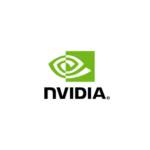
ACCELERATORS

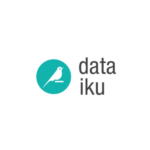

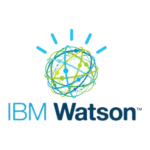



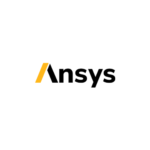
Our approach to AI optimization focuses on 5 key areas to effectively address your business requirements.
- Expertise: Building and deploying machine learning models that integrate with IoT devices, ERP systems, and other data sources to predict equipment failures, optimize production cycles, and forecast maintenance needs.
- Technical Details: Involves integrating AI tools like TensorFlow or PyTorch with IoT platforms (e.g., Azure IoT Hub or AWS IoT Greengrass) to process real-time data from sensors and machinery. Additionally, APIs are used to connect with ERP systems like SAP or Oracle to streamline data flow and trigger automated actions.
- Expertise: Implementing intelligent automation tools to optimize repetitive tasks in business operations (e.g., order processing, inventory management, invoicing).
- Technical Details: AI-based RPA tools such as UiPath or Automation Anywhere can be integrated with backend systems like SAP S/4HANA or Oracle ERP. These tools use natural language processing (NLP) for unstructured data and can interact with databases through API calls, SQL, or REST APIs for seamless automation of workflows.
- Expertise: Leveraging computer vision and AI algorithms to monitor production lines and detect quality issues or anomalies in real-time.
- Technical Details: Convolutional Neural Networks (CNNs) are used for visual inspection and defect detection in images or video feeds from production lines. Integration with machine vision platforms like OpenCV or Amazon Rekognition allows continuous monitoring and data analysis. The output is connected to central data warehouses or ERP systems via webhooks or cloud storage services for reporting and corrective actions.
- Expertise: Implementing AI algorithms for demand forecasting, inventory optimization, and logistics planning to enhance supply chain efficiency.
- Technical Details: ML models are built using scikit-learn, XGBoost, or AWS SageMaker for demand prediction and inventory management. These models can be integrated into existing ERP systems like SAP Ariba or Oracle SCM to optimize procurement, logistics, and inventory by automatically adjusting based on predicted demand. Data lakes or data warehouses (using AWS Redshift or Google BigQuery) can centralize and analyze supply chain data in real-time.
- Expertise: Using AI to optimize energy consumption in industrial facilities by analyzing real-time usage data and predicting peak demand.
- Technical Details: AI models process energy consumption data through IoT sensors connected to smart meters and energy management systems (e.g., Schneider Electric’s EcoStruxure or Siemens Energy Management). Machine learning algorithms can forecast energy usage patterns and automatically adjust equipment settings or manage schedules. Integration with cloud platforms like AWS IoT or Google Cloud IoT allows seamless data synchronization and storage.

Trusted by


















OUR EXPERT CONTENT
AI ACCELERATIONS

AI-Driven Inventory Management for Heavy Materials: Reducing Inventory Risks in Manufacturing
In the manufacturing industry, managing inventory—especially heavy materials such as steel, machinery parts, and raw components—is critical for maintaining smooth operations. However, the risks associated with inventory management are high, including stockouts, overstocking, and mismanagement, which can lead to production … Read More
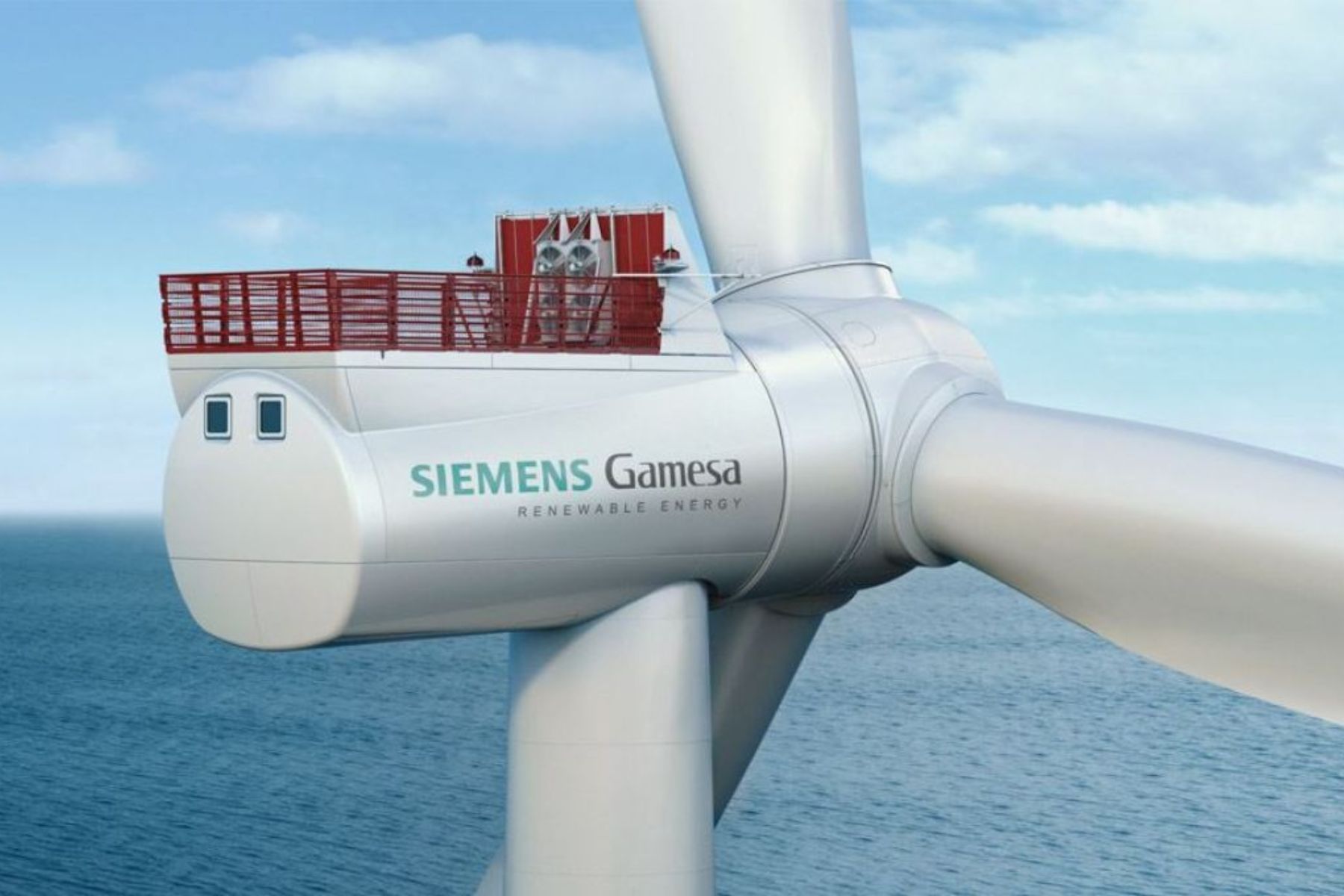
How AI is Transforming Energy Manufacturing: A Look at Siemens’ AI-Powered Turbine Diagnostics
The energy sector is undergoing a transformative shift, propelled by cutting-edge technologies like artificial intelligence (AI). As the demand for clean, efficient, and reliable energy grows, manufacturers are increasingly leveraging AI to streamline operations, improve efficiency, and minimize downtime. One … Read More

